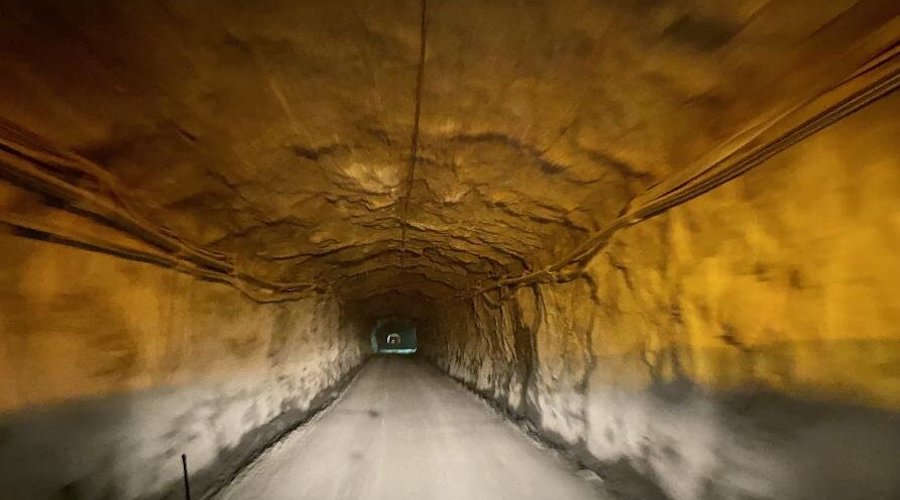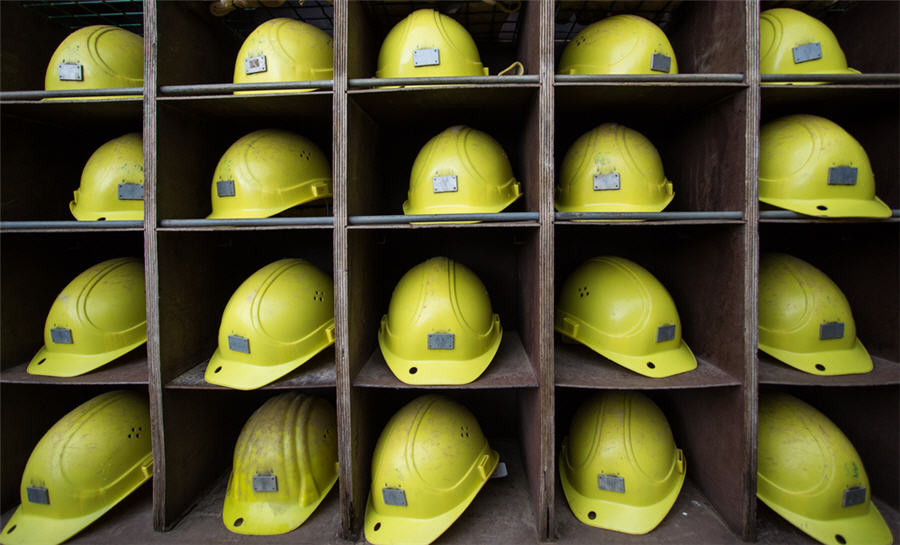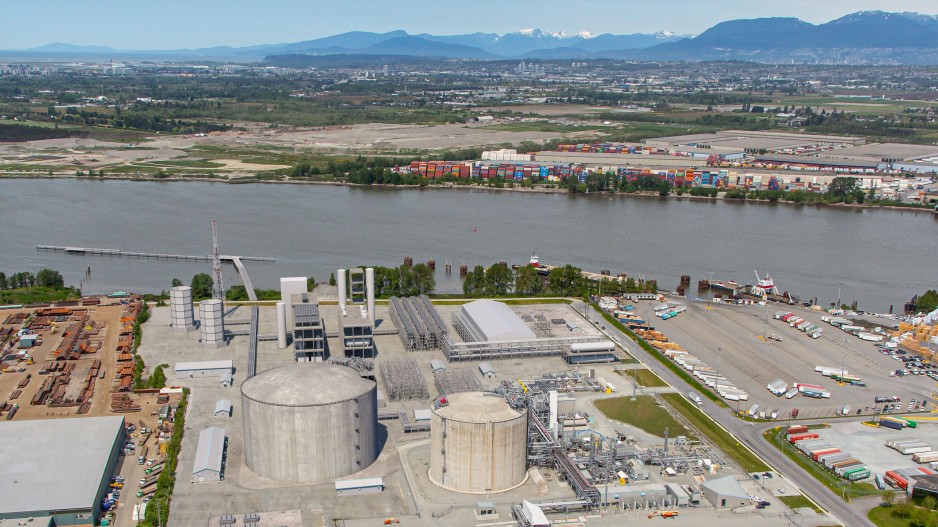Mining
Monday, August 29th, 2022 5:05 am EDT
According to head scientist Elisabetta Barberio, dark matter research needs to happen this deep underground to cut out the cosmic ‘noise’ and radiation.
“Cosmic rays are absorbed by rock, so if you go deep enough, you can reduce these to almost zero,” she said in a media statement.
Barberio explained that, at the moment and despite decades of research, the existence of dark matter particles is theoretical—but the way the universe behaves suggests that something must be there.
In fact, without it, the universe as we know it may not exist at all.
Barberio notes that humans can only really observe about 5% of the whole universe; the rest is partly made of dark matter—invisible fundamental particles that make up the majority of matter, have no electric charge, don’t produce light and don’t interact very much with anything we can see.
“No matter where we are on earth—underground or above ground—we have thousands, if not millions, of dark matter particles passing through us and they don’t do anything to us. To these particles, we are transparent,” the researcher said.
How dark matter reaches us
As our planet rotates around the sun, dark matter particles are blown toward us by a headwind or a tailwind. If it’s a headwind, there’s more dark matter—if it’s a tailwind there’s less.
Inspired by the work of Italian scientists working on the DAMA/LIBRA project, who claim to have detected dark matter at the Gran Sasso underground laboratory which sits inside a mountain, Barberio and her team decided that it was a good idea to replicate their test. The reason for this is that the European group noted that the signal they detected fluctuates throughout the year, in line with earth’s seasons.
The major experiment going into the underground lab is known as the Sodium Iodide with Active Background Rejection Experiment South (or SABRE South for short).
The device used to detect dark matter will take up almost a third of the completely sterile lab which measures 33 meters long and 10 meters wide with a 14-meter-high ceiling.
It will use seven ultra-pure sodium iodide crystals housed in cylinders and wrapped in copper, with two very sensitive instruments, called photomultipliers, at either end.

These seven crystals are then to be housed in a radiation-shielded tank filled with about 12 metric tonnes of a liquid called benzene.
“If the dark matter particles interact with the crystal, it produces a flash of light that will be picked up by the photomultipliers,” Barberio said.
“Many experiments have tried with many different elements, but it was the DAMA/LIBRA experiment in Italy using sodium iodide crystal that produced this light from what we think are interactions with dark matter.”
And it’s the properties of the sodium iodide that make it so sensitive.
“Dark matter interacts with the nucleus of the crystal, so the mass of the nucleus is important. Depending on the mass of dark matter, different materials will have a different sensitivity,” the scientist said. “So, if the dark matter is a large mass, a nucleus with a large mass will be more sensitive.”
SABRE will collect data for the next three years or so. For context, Italy’s DAMA/LIBRA project has been gathering data for more than 20 years.
“It’s a difficult experiment to reproduce, it’s so sensitive,” Barberio pointed out. “We just need to be able to say ‘yes’ or ‘no’ to whether we’ve seen the same signal as Italy, so it won’t take as long. But if it’s yes—oh gosh.”
This post has been syndicated from a third-party source. View the original article here.




